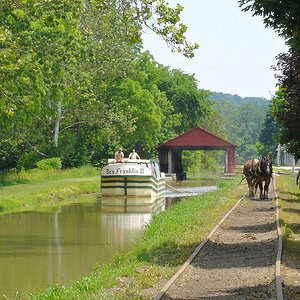Lmphotos
TPF Noob!
- Joined
- Dec 10, 2012
- Messages
- 390
- Reaction score
- 77
- Location
- Missouri
- Website
- www.lauramaephotos.com
- Can others edit my Photos
- Photos OK to edit
I need some precise answers to back button focusing on a canon. When you back button focus as long as I don't zoom it will stay in focus right? But what if I move or the subject moves? Also of I put it in al servo mode can you focus and recompose with BBF?


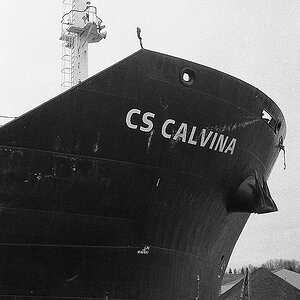
![[No title]](/data/xfmg/thumbnail/41/41765-153b10bab62ae8adbcc4d984fd08ed74.jpg?1619739885)
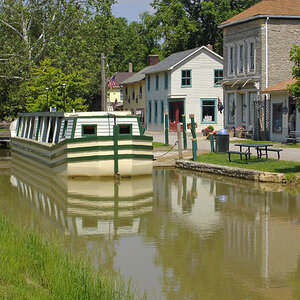

![[No title]](/data/xfmg/thumbnail/39/39183-f229dae0963376879140c9959e33f935.jpg?1619738903)
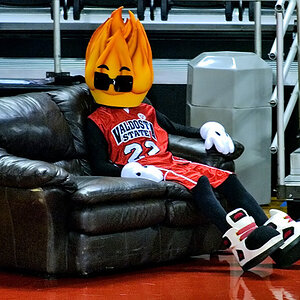


![[No title]](/data/xfmg/thumbnail/37/37605-90c8efaef5b7d1f52d4bf8e7dfd33673.jpg?1619738148)
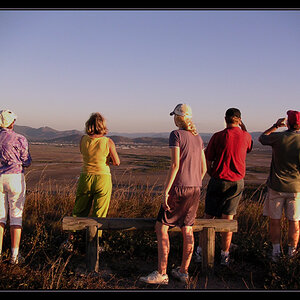
![[No title]](/data/xfmg/thumbnail/41/41764-1385c153e9fea917b7efea0bbde7eefe.jpg?1619739885)
